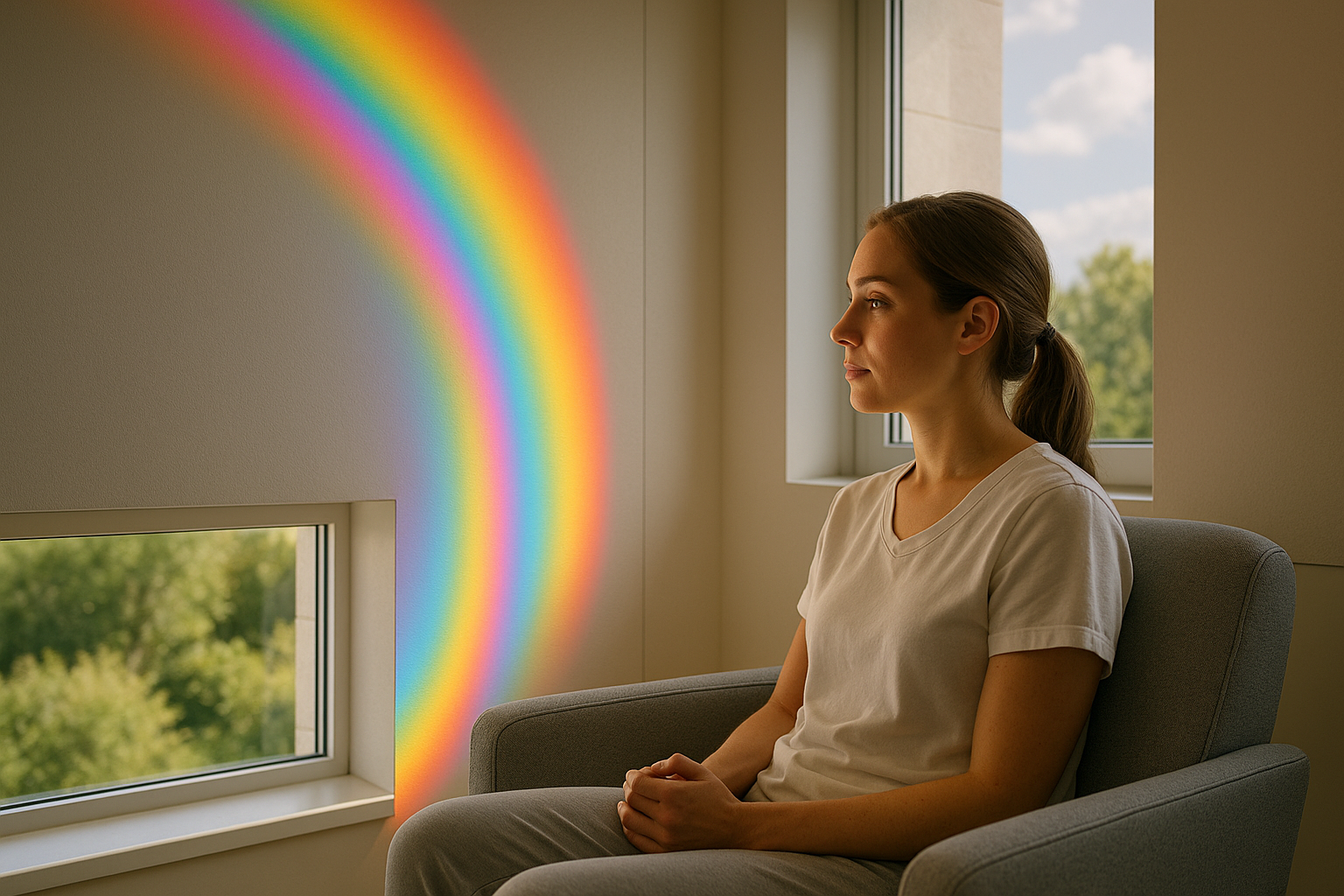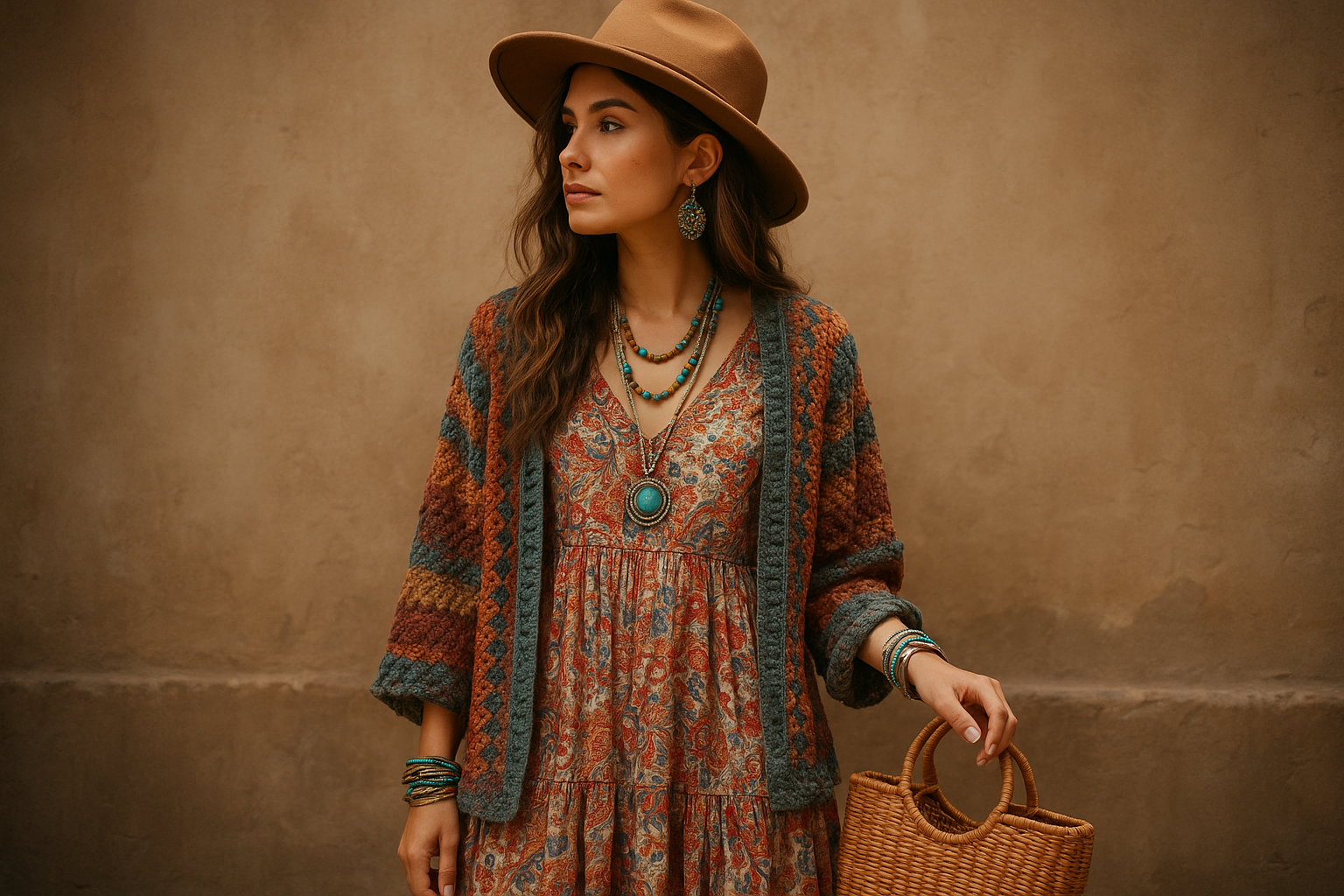Unraveling the Influence of Color Psychology on Wellness
Imagine waking up to a world devoid of color, a space where everything exists in monochrome. Would your mood, productivity, or general well-being be the same? This intriguing concept of how colors impact our wellness, often overlooked, is a riveting exploration of the intersection between psychology and health.

The Spectrum of Wellness: A Historical View
The relationship between colors and their impact on our emotions and behavior dates back to ancient civilizations. Egyptians, for example, believed in the therapeutic properties of colors, employing them in various healing rituals. Similarly, the Chinese associated specific hues with different elements of nature, relating them to human emotions and health. Fast forward to the modern age, Swiss psychiatrist Carl Jung popularized the concept of color psychology, asserting that colors could influence our mood, thoughts, and feelings.
Navigating the Rainbow: Current Trends
The modern world has embraced color psychology in various sectors, from marketing to interior design, and now, health and wellness. Health experts and psychologists have begun exploring the potential of colors to enhance mental health, reduce stress, and promote overall wellness.
Decoding the Palette: Color-Specific Effects
Each color has a unique effect on our psychological and physiological state. Let’s dive into the science-backed implications of some prominent colors.
-
Red: Known for its invigorating effect, red is associated with increased heart rate and adrenaline flow. While it can boost energy levels, excessive exposure might trigger stress.
-
Blue: This calming color is believed to reduce anxiety and lower blood pressure. It’s often used in therapy centers and wellness clinics due to its soothing nature.
-
Green: Evoking nature, green promotes relaxation and tranquility. It can also enhance creative thinking, making it an ideal color for workspaces.
-
Yellow: This vibrant color is linked with happiness and optimism. However, research suggests that too much yellow might lead to feelings of frustration and anger.
The Colorful Path to Wellness: Research-Backed Insights
Studies have shown the potential of color psychology in managing mental health disorders. A study conducted by the University of Georgia found that blue light could help individuals with Seasonal Affective Disorder. Similarly, another study by the Pantone Color Institute showed that green environments could reduce stress levels.
Fast Facts: The Spectrum of Health
-
People often feel more relaxed in green spaces due to the color’s association with nature.
-
Warm colors like red and orange can stimulate appetite, explaining their common use in restaurants.
-
Hospitals often use blue and green due to their calming effects.
-
Exposure to the color pink can reduce aggressive tendencies.
-
White symbolizes purity and cleanliness, making it a popular choice in healthcare settings.
Wrapping Up the Rainbow: Key Takeaways
Color psychology offers an intriguing and under-explored dimension to wellness. While it’s not a panacea for all health issues, it’s a complementary strategy that can enhance our psychological and emotional well-being. As we paint our lives with different shades, it’s worth considering the potential health hues we’re adding to our wellness palette.




